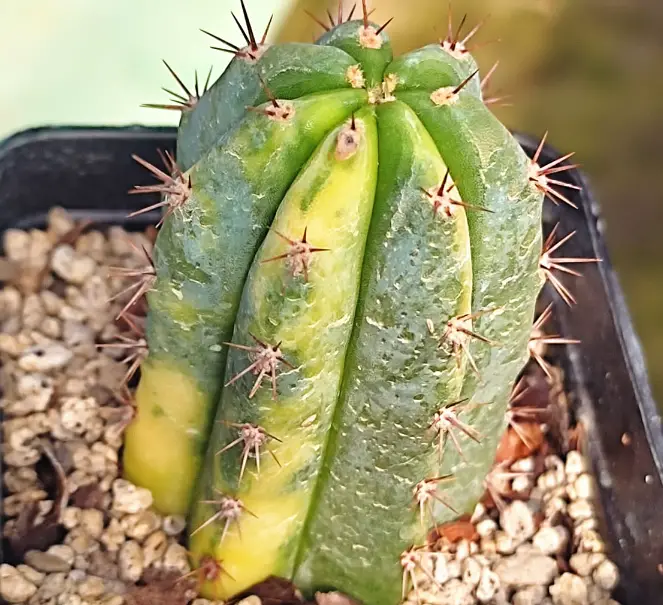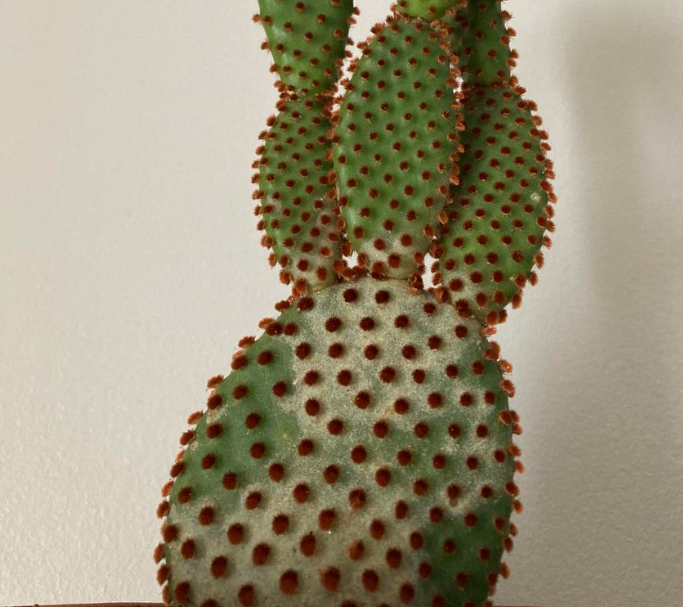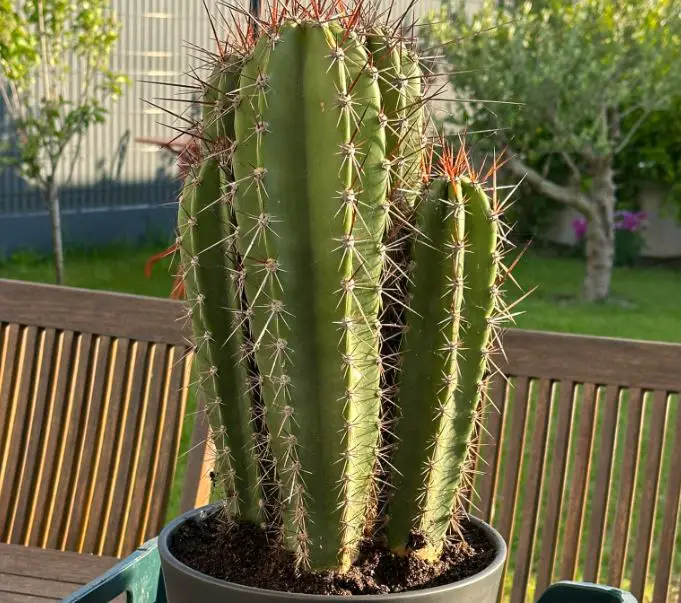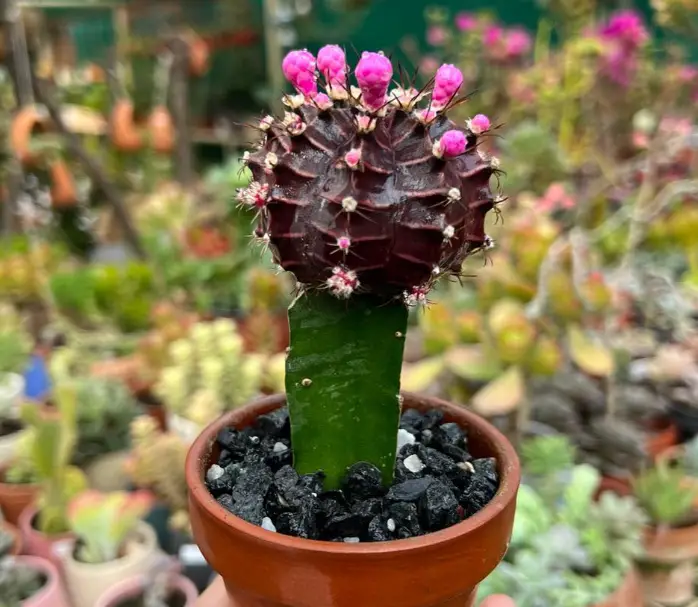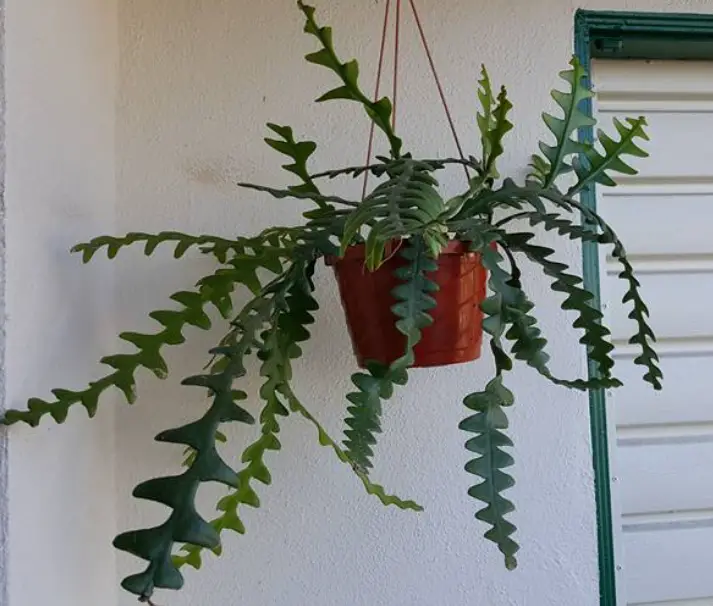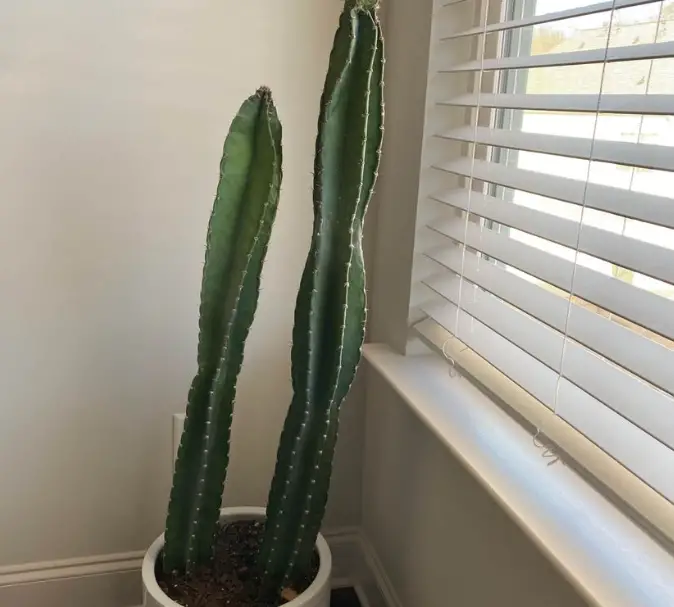Homemade Cactus Soil: How to Make and Use
Cacti plants are adapted to growing in arid and semi-arid areas where the soil is loosely textured and less nutritious. If you want these plants to thrive in your home or garden, then you have to grow them in soil that mimics these conditions.
Regular potting soil is notably heavy and thus not suitable for cacti and succulent plants. It contains a high amount of organic matter and or topsoil that makes it retain moisture. Using it for growing or repotting a cactus can cause root rot and poor growth.
While there are many soil mix on the market formulated for cactuses and succulents, making your own soil mix is cost-effective and gives you control over the quality of the materials. However, poor sourcing and preparation of the ingredients are equally risky to the plants.

How to make cactus soil at home
Making cactus soil at home isn’t a difficult process. You can combine your standard potting soil with a few of the following ingredients.
- Sand: Sand is used as a key ingredient in homemade cactus soil to improve the drainage of the soil. Cacti and succulents are prone to root rot, therefore they prefer a well-draining. You may use sterilized reverbed coarse sand or builder’s sand as they are less likely to compact.
- Perlite: Perlite, is a mineral obtained from a volcanic eruption and heated to expand and get porous. It is often added to cactus and succulent soil mixes to improve drainage and aeration. It is pure white in color and will float on top of the soil when mixed with water.
- Pumice: This is a great alternative to perlite. While both are extracted from a volcanic eruption, pumice is not heated to get the required properties. It is naturally porous and allows water to drain through it.
- Peat moss: Peat moss is a decomposed plant material partially obtained from sphagnum moss. It is often added to different types of potting due to its great water retention abilities. However, it should be used in smaller amounts in homemade soil for cacti and succulents.
- Coco coir: Coco coir is obtained from the fibrous husks of coconut. It has a similar water-holding capacity to peat moss. Coir does not compact and it easily re-wets thus commonly used in instead of peat in the formulation of cactus soil mixes.
- Vermiculite: Vermiculite is a mineral that has been heated to a lightweight, spongy material with a high water-holding capacity. It is often added to potting mixes to improve moisture retention and aeration. However, it can be too water-retentive for cacti and succulents if used in large quantities.
Mixing coarse sand, pumice, and peat moss or coconut coir in equal parts may give you a great soilless media for growing cactus. However, this mix lacks natural fertility and sturdy plant support. You may run into problems like cactus leaning on one side or growing slower.
The addition of potting soil or some organic matter can improve the nutrition content of the mix and the stability of the plants.
Instructions and steps
- Start by gathering your ingredients from a nearby gardening center or online.
- Pour one part of standard potting soil into a large container and add 2 parts of pumice. You may add 1 part instead of 2 particularly if you are creating a soil mix for epiphytic cacti like the Christmas cactus. Alternatively, use perlite if you can’t find perlite.
- Add 1 part coconut coir to the mixture. You may use peat moss as an alternative but use less of it. It’s likely that your regular potting soil already has some peat.
- Thoroughly mix all the ingredients together until they are evenly combined.
- Test the soil mix by watering it and checking how quickly the water drains through it.
- If the soil is not draining quickly enough, add more sand. If it is draining too quickly, add one more part of peat moss or coco coir.
- Once you are satisfied with the consistency of the soil mix, use it to grow or repot your cactus or succulent plants.
- Make sure to use a pot with drainage holes at the bottom. I recommend you use unglazed terracotta pots as their walls also allow the free flow of air and moisture.
- Also, make sure to sterilize any tools or pots before repotting or planting to prevent the spread of disease.
Remember to always use gloves and a mask when preparing the soil mix. Some particles from the ingredients may be harmful when inhaled or come in contact with your skin.
Can I use regular potting soil for cactus?
Regular potting mix is a blend of organic materials such as peat moss, bark, compost or more, designed to provide a good balance of nutrients and moisture retention for a wide range of plants. It can be used for both indoor and outdoor purposes.
However, the organic matter in the soil makes it retain moisture. This may promote fungal growth and cause root rot in cacti and succulents. When growing or repotting a cactus, it’s best to use a specific soil mix designed for the plant or make your own homemade cactus soil mix.
This will provide the well-draining and low-nutrient soil conditions that cactus and succulent plants need to thrive.
Conclusion
Cactus and succulents won’t thrive in standard potting soil. They prefer a well-draining soil mix with neutral to acidic pH. Commercial soil mix for cactuses and succulents is usually designed to meet these conditions. However, you may make your own cactus soil for more clarity as explained in this guide.
It’s important to note that, there are many other factors that affect the growth of cactus plants including light, humidity, and temperature. All these together with the material you use for potting media need be considered when growing or repotting the plants.
References
- “Cacti and Succulents,” the University of Minnesota Extension
- “Soil Management,” Penn State Extension
- Healthy Garden Soils,” Oklahoma State University
My name is Diane M Lewik, and I am the founder of this website. I am a degree holder in plant biology from the University of California – Berkeley. Over the years, I have cultivated a vast collection of succulents and I have learned a great deal about how to grow and care for these unique plants. Feel free to ask any questions in the comment section below.
